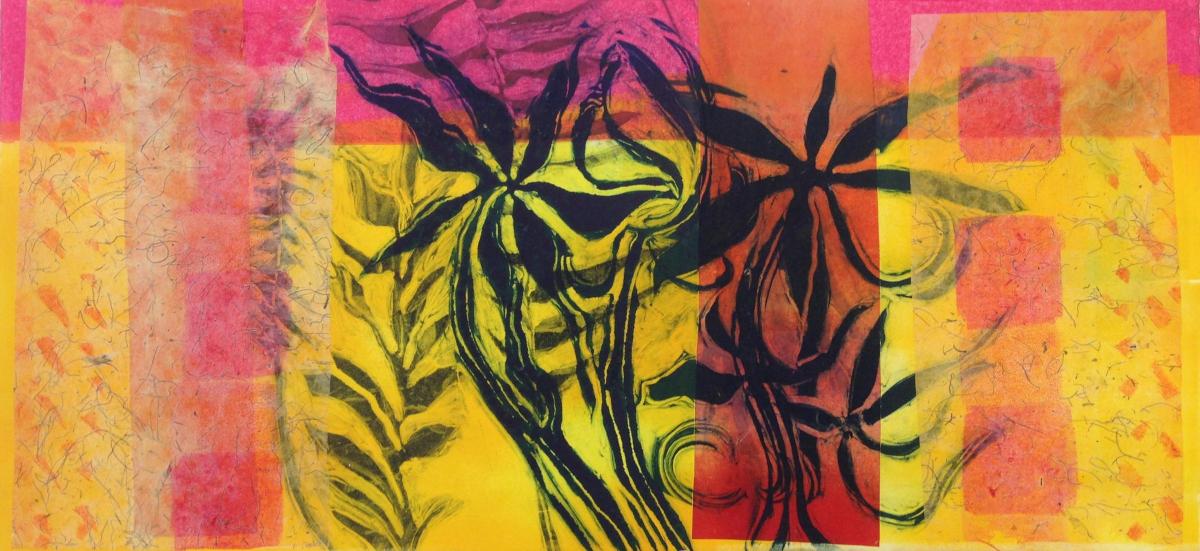Printmaking – the technique of duplicating images – goes back thousands of years to Ancient Mesopotamia when the Sumerians engraved designs on stone cylinders which were rolled over soft clay tablets to leave a relief impression.
Vincent van Gogh called this process “an everyday miracle” because “one drawing is sown on the stone or etching plate, and a harvest is reaped from it”.
At a time when images and information can be found and shared at the click of a button, it is easy to forget that the reproduction and sharing of a picture or idea was once viewed as truly miraculous.
Printmaking evolved as a medium to satisfy this most basic of human desires: to communicate images and ideas and send them to the four corners of the world. A print is created by incising an image into a matrix – a metal plate, a block of wood or a stone – inking the image, and then running it through a press onto a piece of paper. By repeating this process, multiple impressions of the same image can be produced.
Before cameras, photocopiers and scanners, the ability to reproduce prints allowed thinkers and artists to disseminate their work, until prints became an art form in their own right.
Indeed, the German expressionist painter and printmaker Ernst Kirchner said: “The technical procedures [of printmaking] doubtless release energies in the artist that remain unused in the much more lightweight processes of drawing or painting.”
The Oxford Printmakers Co-operative (OPC) workshop, based in East Oxford, is one of the oldest in the UK, formed in 1977 by a group of ex-Ruskin School of Art students and staff with a wonderful vision in mind: to create a dedicated environment in which to continue and make their own work. Since then, many distinguished printmakers have visited.
Continuing this atavistic urge to make and duplicate images, the workshop is a fascinating place, more alchemist’s workshop than art studio, with rows of jars and weird and wonderful chemicals to apply to the magical process of printmaking.
With an active membership, the workshop has flourished over the four decades. National Lottery funding in 1995 enabled facilities to be improved further with art presses for over 100 members.
As well as holding regular exhibitions, the OPC runs courses in many of the print processes such as linocut, woodcut, wood engraving, etching, monoprinting, screen-printing, collagraphy and stone lithography for anyone with an interest in printmaking.
Lead technician Cat Brodribb believes that it is the collaborative nature of the OPC that really matters. “Making artwork can be an exhilarating but isolating experience and the beauty and richness of the workshop is that ideas can be shared and discussed with fellow printmakers and the individual encouraged and inspired by fellow artists there.”
Our show, Inked Up, at the Sewell Centre Gallery at Radley School, celebrates this dynamic and supportive ethos which has been carried through the last four decades and is still alive and kicking in Oxford today.
Oxford Printmakers present Inked Up at Sewell Centre Gallery, Radley College, near Abingdon. 01235 543039. radley.org.uk









Comments: Our rules
We want our comments to be a lively and valuable part of our community - a place where readers can debate and engage with the most important local issues. The ability to comment on our stories is a privilege, not a right, however, and that privilege may be withdrawn if it is abused or misused.
Please report any comments that break our rules.
Read the rules here